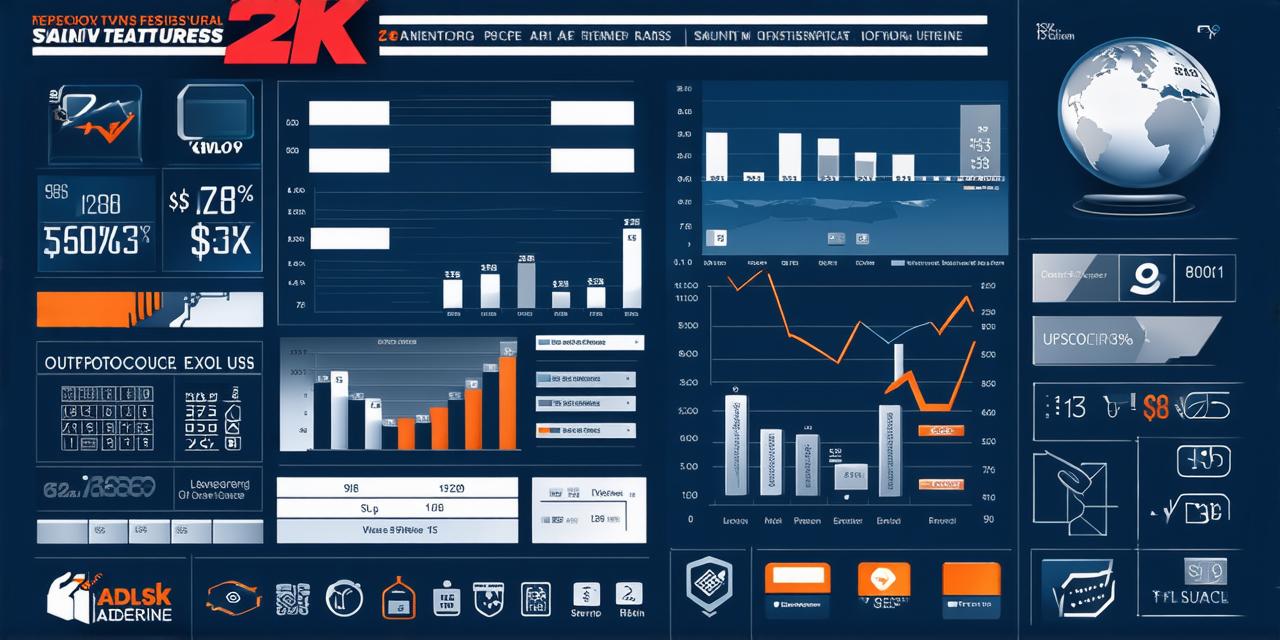Outsourcing is the practice of hiring an external service provider to handle certain tasks for your business. While outsourcing can bring many benefits, such as cost savings and access to specialized expertise, it also comes with its own set of expenses. In this article, we’ll explore the different types of expenses associated with outsourcing and how they can impact your bottom line.
Types of Expenses:
-
One of the most significant expenses associated with outsourcing is labor costs. This includes salaries, benefits, and other employee-related expenses for the service provider’s employees. It’s important to note that labor costs can vary significantly depending on the location and skill level of the service provider’s workforce.
-
Overhead Costs: These are the indirect costs associated with running a business, such as rent, utilities, and office supplies. When outsourcing, these costs will still apply to the service provider’s business, and you may be responsible for paying them directly or indirectly.
-
Technology Costs: Outsourcing often requires the use of specialized technology, such as software, hardware, and networking equipment. You may need to invest in this technology yourself or pay for it through the service provider.
-
Training Costs: If you require the service provider’s employees to receive specialized training, you will be responsible for covering the costs associated with that training.
-
Communication Costs: Effective communication is essential for a successful outsourcing relationship. This may include expenses related to travel, phone calls, and video conferencing.
Case Studies:
To better understand how these expenses can impact your bottom line, let’s look at some real-life examples.
Example 1:
A small business owner decided to outsource their accounting and bookkeeping tasks to a service provider in India. While the labor costs were significantly lower than hiring an accountant locally, the business owner had to invest in new software and hardware to communicate with the service provider effectively. Additionally, the business owner had to pay for training for the service provider’s employees to ensure they had the necessary skills to complete the tasks correctly. In the end, the cost savings from outsourcing were offset by the additional expenses associated with technology and training.
Example 2:
A large corporation decided to outsource their customer support tasks to a service provider in the Philippines. The labor costs for this task were significantly lower than hiring customer support staff locally. However, the business owner had to pay for office space and equipment for the service provider’s employees, as well as cover the cost of training for the service provider’s workforce. In the end, the cost savings from outsourcing were offset by the additional expenses associated with overhead and technology.
Factors Affecting Expenses:
There are several factors that can impact the expenses associated with outsourcing. These include:
-
Location: Labor costs can vary significantly depending on the location of the service provider’s workforce. Outsourcing to a country with lower labor costs may result in significant cost savings, but you will need to account for additional expenses related to technology and communication.
-
Skill Level: Specialized skills and expertise can be difficult to find locally, which may require you to outsource to a service provider with the necessary expertise. However, this may come at a higher cost than hiring locally.
-
Industry: Certain industries, such as technology and healthcare, have higher overhead costs associated with specialized equipment and software. This may impact your overall expenses when outsourcing.

Summary:
Outsourcing can bring many benefits to your business, but it’s important to be aware of the different types of expenses associated with it. By understanding how these expenses can impact your bottom line, you can make informed decisions about whether outsourcing is the right choice for your business. When outsourcing, it’s essential to carefully consider the location, skill level, and industry of the service provider to ensure you are getting the best value for your money.
